This is an op ed I wrote which was published in the Palo Alto Daily Post.
Early this year I became San Carlos’ representative on the Silicon Valley Clean Water commission. SVCW operates the sanitary waste treatment system serving Belmont, San Carlos, Redwood City, Menlo Park, Atherton, Portola Valley, and areas of East Palo Alto, Woodside and unincorporated San Mateo and Santa Clara Counties. Its annual operating budget is about $45 million, almost all of which is funded by sewer fees paid by residents and businesses. It also has a critical $850 million upgrade and infrastructure enhancement program underway.
As a commissioner, I’ve recently been struggling with issues related to how open the agency is about certain matters, triggered by Dave Price’s editorial regarding a legal settlement the commission recently approved. Maximizing public transparency — which I strongly support — is a bedrock principle of California law, and very much in the public interest. But that same law gives public agencies room to negotiate settlements privately.
Imagine what would happen if anyone suing an agency could hear their debate about tactics and strategy, as would happen if those discussions were held in public. It would hamstring the agency’s ability to negotiate, likely leading to worse outcomes. Avoiding that is also in the public interest.
Like most things in government, a reasonable balance must be struck. But where is that balancing point?
California law appears to allow – I’m not a lawyer or a judge — public agencies to approve the expenditure of funds in closed session if they make a proposal to a counter-party who later accepts it. Details about the approval are generally a matter of public record…but those details must be requested by a member of the public. In the language of the law, they are released only “upon inquiry” – i.e., if anyone thinks to ask.
I just learned this, and it came as quite a shock. It is a degree of flexibility which I believe agencies should utilize rarely, if ever. I am much more comfortable with the model used by the San Carlos City Council, on which I serve: while some details about a transaction may be kept confidential, the expenditure itself is voted on in public.
Under this model voters are at least aware of how much public money is being spent, and for what purpose. Among other things this allows the public to comment on the transaction and stay on top of what their government is doing.
San Carlos’ approach so closely aligns with the principles of open government enshrined in California law that I assumed, incorrectly, it was required. It’s not; it’s a choice in some situations. But it’s one I believe voters should require their agencies to make, because the approach San Carlos uses better protects the public’s right to know.
The approach was not used by SVCW in the matter Dave wrote about. Had it been, understandable public concerns might’ve been mitigated, because it’s not possible to act on such an item in public without saying something about the reason for spending the money.
Acting in public would also serve the personal interests of elected officials (not that that does or should matter). If you don’t choose to keep the public aware of at least the broad outlines of public expenditures, but the public is entitled to the information upon request, you are always going to be subject to questions about why you chose to be less open on one item versus another. Being more open consistently makes you less subject to charges of trying to mislead the public or to conceal potentially controversial government conduct.
It also helps to reduce the potential for friction among elected officials working together with agency staff to serve the public interest. That’s something I’ve experienced a lot recently as I find myself trying to figure out how to convince my SVCW colleagues there’s a better way and that we should adopt it.
Ultimately, I’d rather be working to keep our sanitary sewers working properly. It may not sound like much of a job, but it’s a critical part of our infrastructure. But so is maintaining transparency and accountability in government.
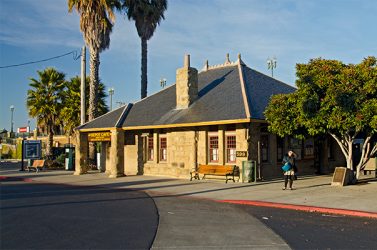
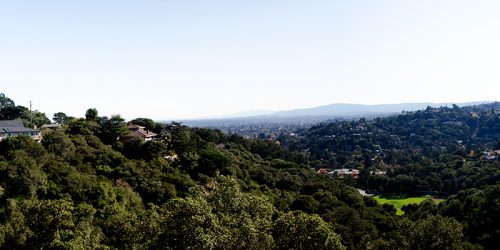
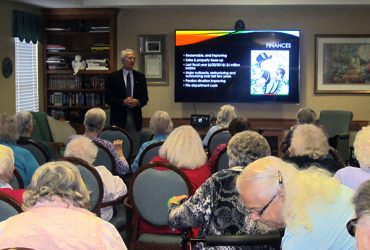
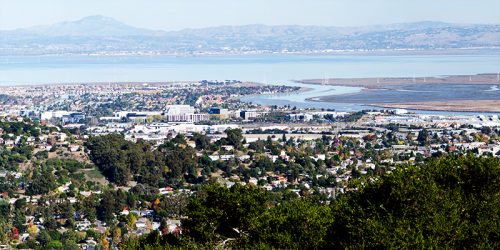
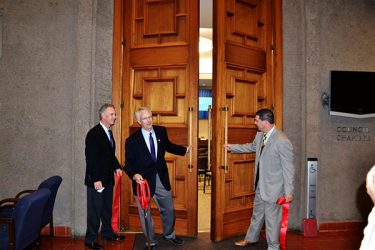
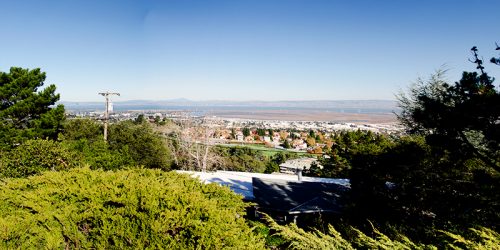

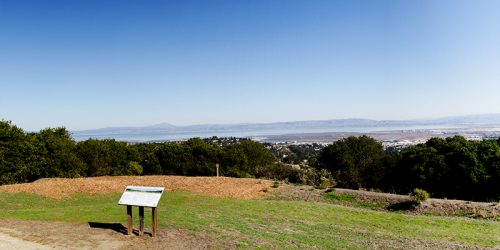
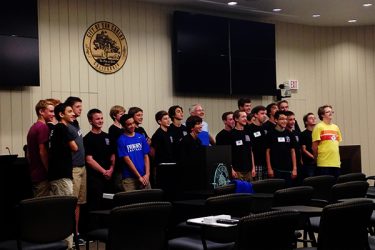
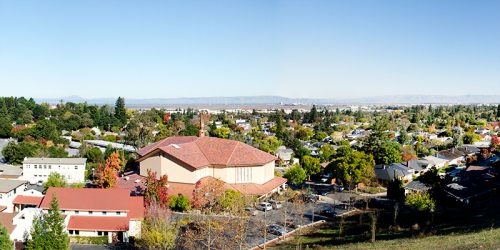
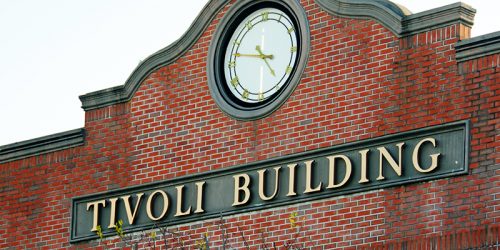
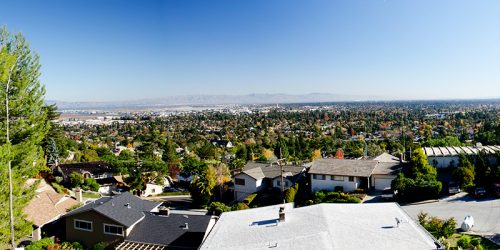
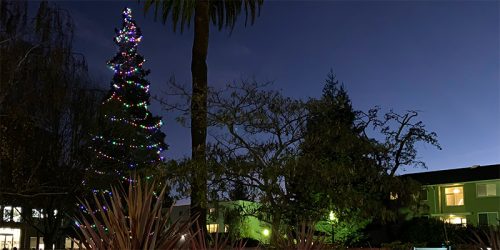
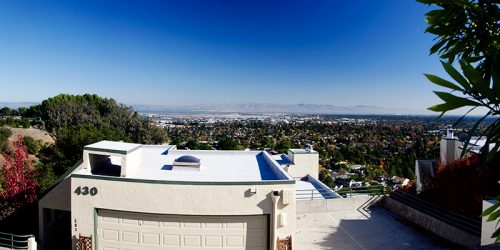
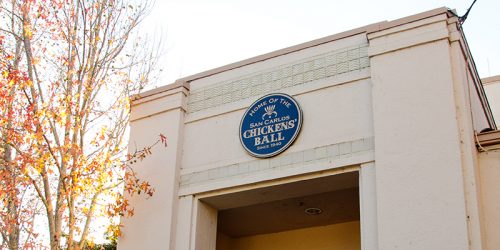
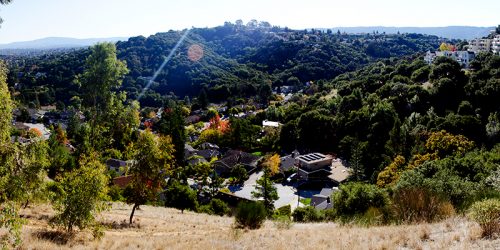

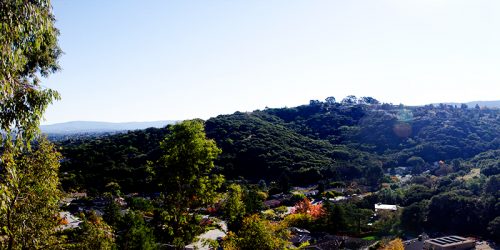

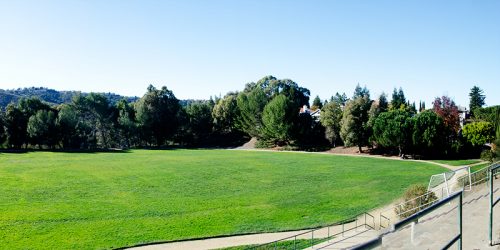
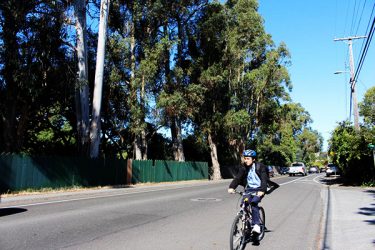


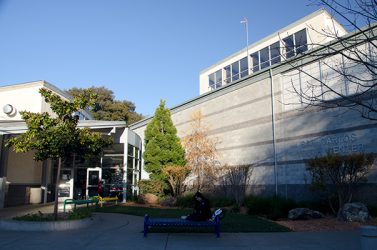

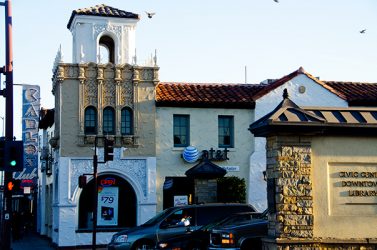
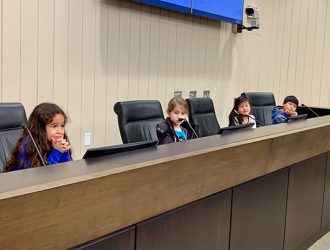


2 thoughts on “Protecting the Public’s Right to Know”
Mark, I’m glad you are on SVCW commission, and I hope you can bring some transparency to the agency. I followed this story on the Daily Post, and I could not believe the sums involved. Setting aside the settlement amount, why on earth does SVCW own a spectacular mansion in Emerald Hills, presumably purchased with taxpayer money, in which one of its employees lived rent-free? What is going on at this agency? Is this how public agencies work in California? Is this why our taxes are so high? This story is so unsettling. I hope you will play a strong oversight role on this board, Mark.
Sorry about the delay in approving your comment, Renee; I was out of town and didn’t see the alert that a comment had been submitted.
I, too, was surprised by the housing provision. They’re not uncommon in the private sector, when you have to recruit scarce talent to an area with high housing costs. But after learning about the language in Child’s contract I did some research and learned that they aren’t unheard of in the public sector, either, when recruiting senior leadership, for the same reasons. But I can certainly understand your, and others, reactions.
FWIW, it may help to keep in mind the context in which Childs was recruited back in 2006. SVCW’s facilities were in bad shape. The plant, and the main lines that feed into it, were built decades ago with almost 100% Federal money when the U.S. government was trying to implement the then-new Clean Water Act. This was not an unusual subsidy; many communities received similar support.
But it’s a truism that most people don’t value what they didn’t pay for, and the communities served by SVCW underinvested in repair and maintenance of the system for many years (decades, actually), presumably to keep sewer rates down. The net result was a system, and a treatment plant, flirting with disaster. You can imagine what the consequences of a sewage treatment plant located right on the shores of the Bay failing would be, not only for the Bay itself but for everyone living nearby.
The pool of executive talent capable of running a failing system while overseeing an enormous renovation and modernization project — it will cost around $1 billion by the time it’s finished — is, as you might imagine, quite small. All of this drove a nationwide search, which in turn required dealing with the problem of inducing a candidate to move to what was, even back in 2006, one of the most expensive places to live in the world.
I wasn’t on the commission at the time (I wasn’t even on the San Carlos City Council yet), but I can appreciate the bind my predecessors were in. I doubt they liked including the housing provision, but needs must, and as I often remind people, public decisions are almost always about picking the “least bad” option, not a “good” one.